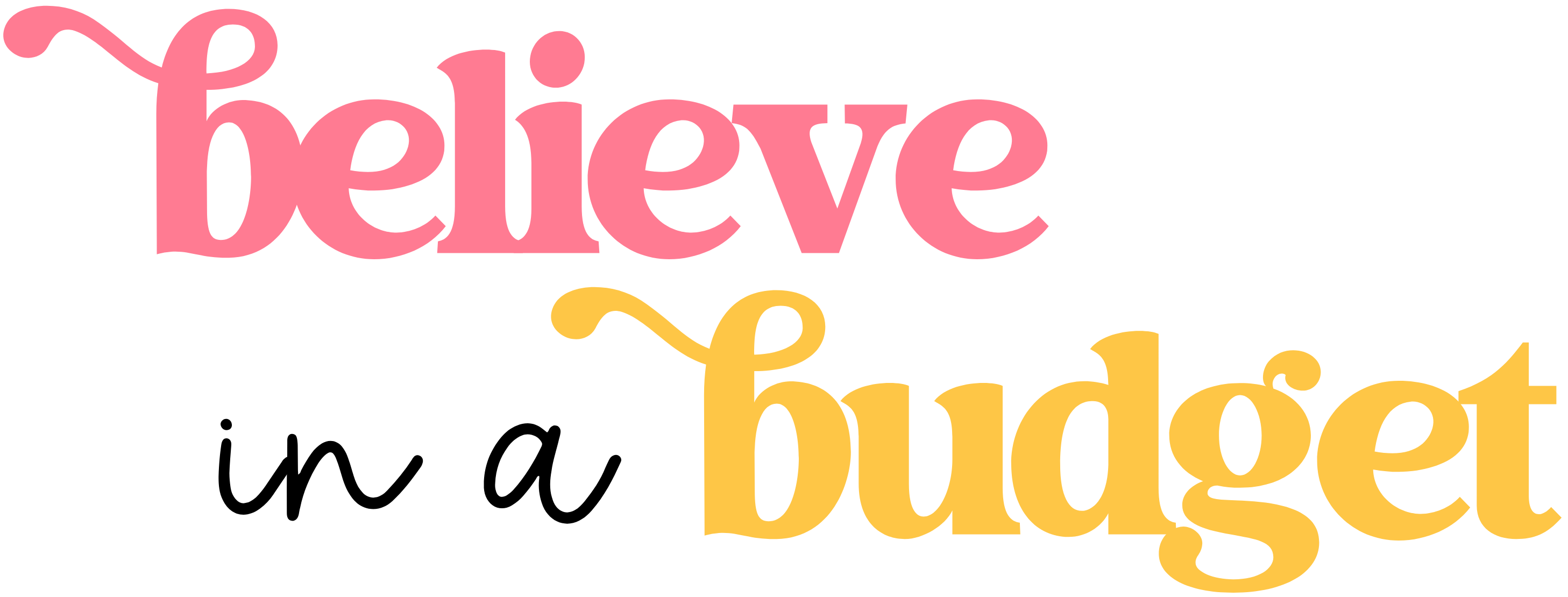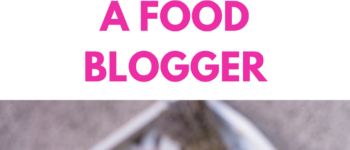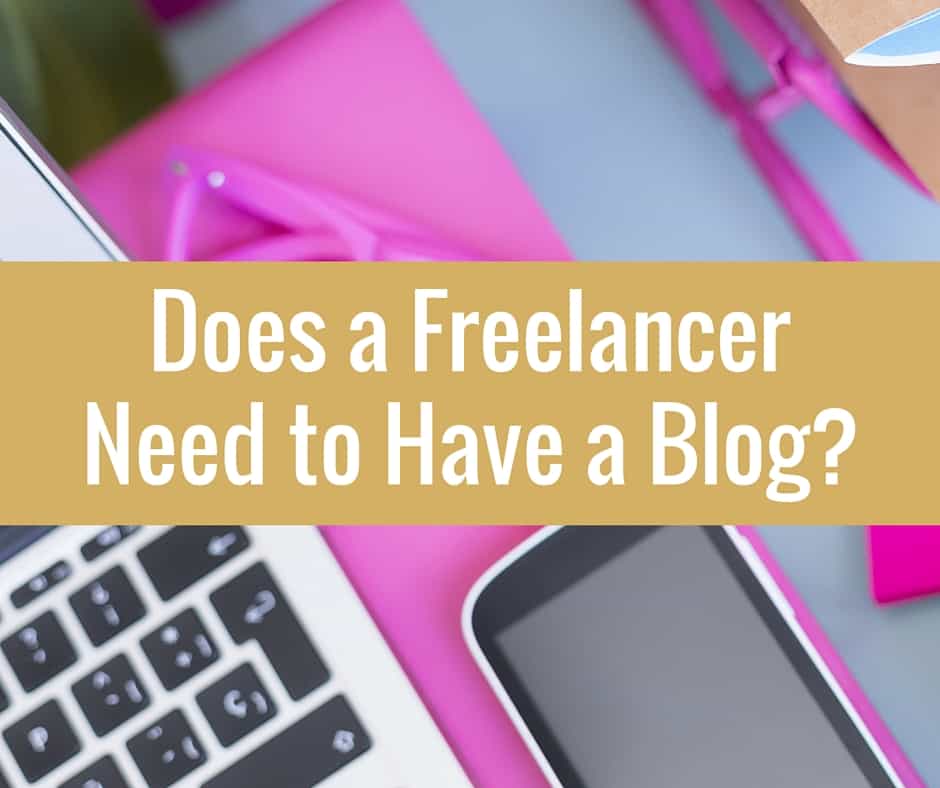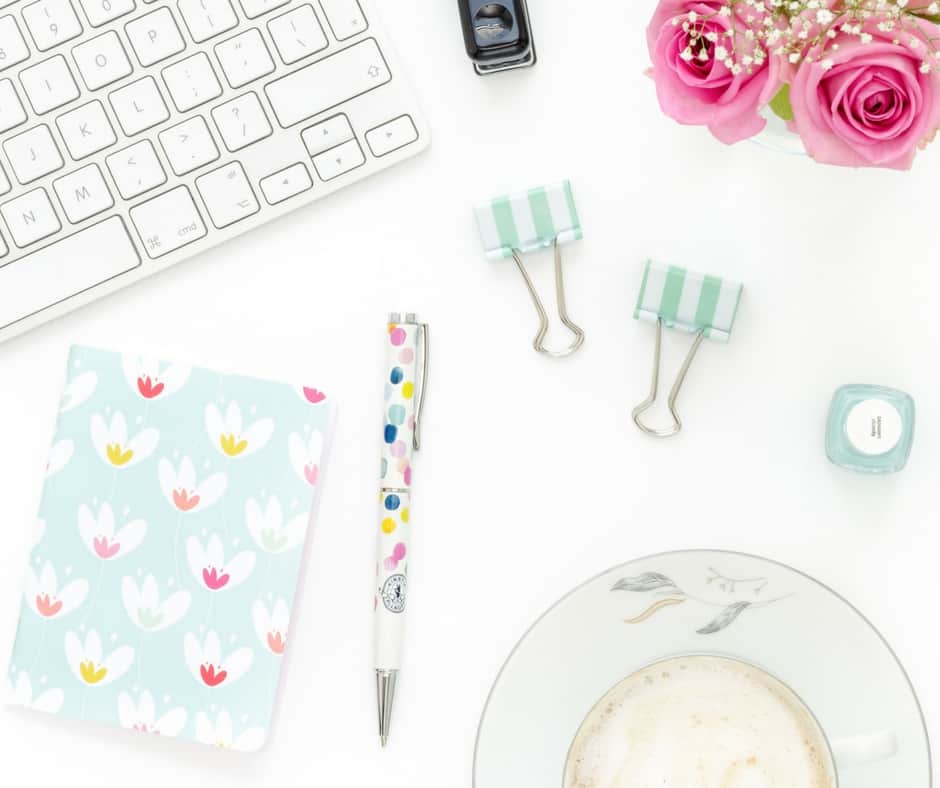How to Become a Food Blogger on a Budget
When it comes to finding new meals to try, I am regularly searching different blogs for recipes. Based on some of the stunning websites I stumble upon, I often wonder how to become a food blogger.

Between the recipes and gorgeous photos of food, this looks like such a fun niche to try.
Today I have a special guest post from my friend Jessica, who has her very own food blog. If you would like to submit a guest post, you can learn more here.
Hi! My name is Jessica and I’m an accidental food blogger.
In fact, I jokingly refer to myself as “the anti-food blogger” because I don’t really care for cooking that much… but I stumbled into this whole food blogging thing and managed to make a successful business out of it on a blog called ForgetSugar.
I bootstrapped it the whole way and in this post, I’m going to share some of my best tips for starting a food blog on a budget in case you’re also interested in this whole food blog thing. 🍰
How to Become a Food Blogger: My Story
I’ve side hustled in online marketing since 2001 (yes, the internet actually existed back then 😅) with varying degrees of success.
In early 2017, I decided I wanted to publish an ebook on Amazon about a topic important to me, namely the overconsumption of sugar and how eating too much sugar isn’t good for us.
It was based on a simple premise that if we just stopped eating sugar one day a week (Friday), it could snowball into more healthy habits and maybe eating less sugar every day of the week.
I named the book “Forget Sugar Friday.” (In fact, that’s still my domain name.)
I had no clue how to market my ebook, but I did some research and was reminded of a website called Pinterest.
A lot of frantic Google-ing ensued so I could attempt to learn how to use Pinterest (a process that also led me to Believe in a Budget!) and I was off to the races.
I started with a few informational posts, but I quickly realized recipes were very popular on Pinterest… so recipes it was, even though my kitchen skills in my early 30s probably could have been bested by most 10-year-olds.
I remember being at my mom’s house (it had better lighting than mine) attempting to make recipes and photograph them on my phone while telling her repeatedly: “I am NOT a food blogger! I just need to make these recipes so people can find my site and learn about the ebook.”
Well, I became a food blogger.
While on Pinterest, I noticed a lot of pins about this thing called “keto.”
If you’re unfamiliar with the keto diet, it’s a high-fat, low-carb diet that became very popular a few years ago. At that time though, it was just starting to gear up.
And as luck would have it, my partner Jonathan followed the diet (although he didn’t actually realize it was called “keto”), so he was able to help me develop a lot of recipes for the site.
I started posting keto recipes and it grew from there.
My big break came in 2018 when interest in the keto diet exploded and my site traffic went crazy.
Keto is less popular these days, but I still have a steady stream of visitors to my site who are looking for keto, low-carb, and low-sugar recipes.
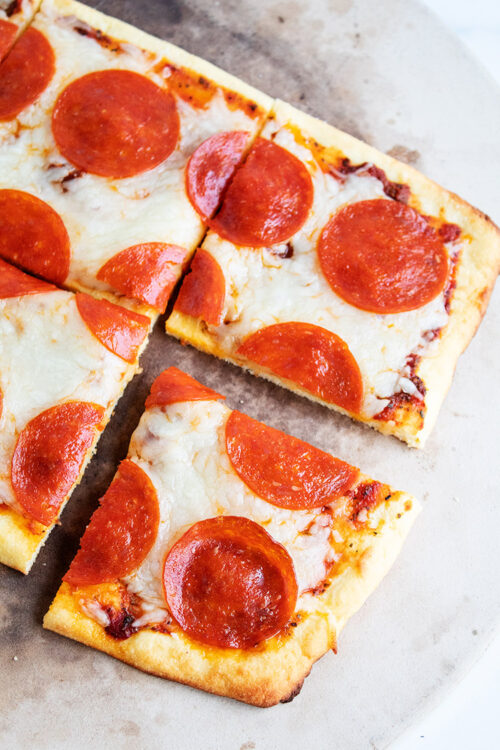
And that ebook?
I unpublished it a few years ago when the site took off.
One thing I’ve learned during my blogging journey is not to be afraid to quit the things that aren’t working right now and pivot to what is working.
Maybe I’ll dust it off one of these days!
How to Become a Food Blogger on a Budget
Enough about me… let’s talk about how to become a food blogger on a budget! Here are some of my top tips:
Start with an inexpensive website host and free theme
Web hosting can cost a pretty penny if you’re not careful! Start with an inexpensive website host like Bluehost.
That link will allow you to sign up for an entire year for only $2.95/month, plus you’ll get a free domain name and a one-click WordPress install.
Speaking of WordPress, that’s what you’ll want to use for your food blog.
While sites like Wix or Squarespace might be great if you just need a website with a few pages, WordPress is where it’s at for food blogging.
You do not need a paid theme when you first start and you also do not need a fancy one. In fact, less is more on food blogs – you want your food to do the talking, not a ton of distracting theme elements.
You can also stick to free versions of plugins right now, like the free versions of WP Recipe Maker (essential for adding recipe cards to your posts) and Yoast SEO.
If you want or need to upgrade later, you can do it when you’re starting to earn income.
Get inspired by learning how these 25 bloggers made their first dollar blogging!
Eventual upgrades:
If you want more features on your recipe cards, you can upgrade to the pro version of WP Recipe Maker.
When your site starts to grow and get several hundred thousand visitors per month, then you should consider upgrading to a host like BigScoots because it’s designed for larger websites.
Use your phone, not a fancy camera
Remember my story about taking photos with my phone at my mom’s house? I started with my phone because it cost exactly zero extra dollars.
Honestly, phone technology has gotten so crazy-good since 2017 that you can probably stick to your phone for far longer than I did.
And nowadays, so many food bloggers get traction through videos filmed on their phones on platforms like TikTok, so getting acquainted with taking great phone photos and videos is a really good thing.
Just don’t forget to use apps (there are plenty of free ones) to edit your photos and videos!
Trust me when I say even the best food photographers out there don’t upload straight-from-their-camera photos. Editing programs and apps can perform miracles.
To learn a few food photography skills for free, you can hop on YouTube and find lots of helpful videos.
Eventual upgrades:
You can start taking photos using spots in your home as a background.
If you find that the background or lighting isn’t right, you can invest in a photography background kit like this one and take photos near any window in your home.
When you’re ready to upgrade to a digital camera, you’ll want a DSLR.
These can run you from several hundred dollars to several thousand, not to mention all of the lenses you can buy (ditto on the pricing).
To save money, look for refurbushed cameras like this one.
Start with the bare minimum on social media platforms
Scheduling tools are amazing!
I use Tailwind for Pinterest and Instagram and would recommend it to anyone who wants to make planning a breeze.
But I didn’t start with Tailwind – in the beginning, I painstakingly posted and pinned everything by hand.
If sticking to a budget is your goal, before you invest in any software, app, plugin, or whatever it may be, ask yourself if you can manage to do it yourself for now until your food blog grows and starts generating income.
Eventual upgrades:
As your blog grows, you will find your plate filled with plenty of tasks.
Consider hiring a Pinterest virtual assistant to help with your Pinterest and social media.
Hiring freelancers who are experts in things you aren’t can help your blog grow leaps and bounds!
Start an email list
You know how people say “the best time to plant a tree is 20 years ago”?
Well, the equivalent for an email list would be “the best time to start an email list is the day your site has its first visitor.”
An email list is an inexpensive way to drive consistent traffic to your site.
Social media and search engine algorithms change all of the time, but you will always have your email list to send your readers to your content.
I highly recommend FloDesk to start and grow an email list as visually, it is really pretty and easy to use for food bloggers.
Know your tax deductions
This isn’t tax advice and you definitely need to consult an accountant, but if you pursue your food blog as a business rather than a hobby, you likely can deduct many more expenses than you think.
My accountant offers a guide called the Tax Checklist for Food Bloggers that will point you in the right direction.
Save money wherever you can
Lastly, there are a variety of ways you can save money in other areas of your life so you can put a little extra cash toward your food blog business.
Check out Kristin’s post, 30 Ways to Save Money on a Tight Budget, for her top money-saving tips!
How to Become a Food Blogger: A Few Extra Tips
I’ve learned a lot on my journey to becoming a(n accidental) food blogger.
There is a lot to say on the topic of food blogging – more than I have room for in this post! – so I’ll just leave you with a few of my top tips.
Lean into hot social media platforms
When I got started, Pinterest was the place to be for food bloggers, so that’s where I focused a lot of my energy.
These days, TikTok is where a lot of food bloggers get their start. Go with what’s hot now and capitalize on it!
Learn SEO
As wonderful as social media platforms can be, search engine traffic is much steadier (although it’s still subject to algorithm changes and takes longer to build up).
Focus on SEO and you won’t regret it!
Post what people want and are looking for, not what you want to post
The first recipes on my blog were general sugar-free recipes, but I quickly realized people specifically wanted keto and low-carb recipes, so I started posting those instead.
If you want to make this into a business, not a hobby, you need to be intentional about your recipes.
That doesn’t mean you can’t occasionally post a recipe that’s not optimized for a keyword or isn’t something people have been loving on TikTok lately, but the reality is those types of posts probably won’t do as well.
Plan for monetization
There are lots of ways you can monetize your blog!
Learn about them and don’t be afraid to start monetizing your site ASAP. There is nothing wrong with wanting to earn some income for your efforts!
To learn about 16 different ways you can monetize your food blog, check out this free ebook.
I Hope This Helped You Learn How to Become a Food Blogger
Best of luck to you and happy food blogging!
